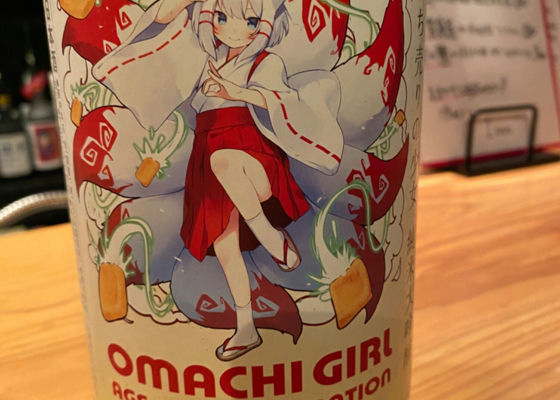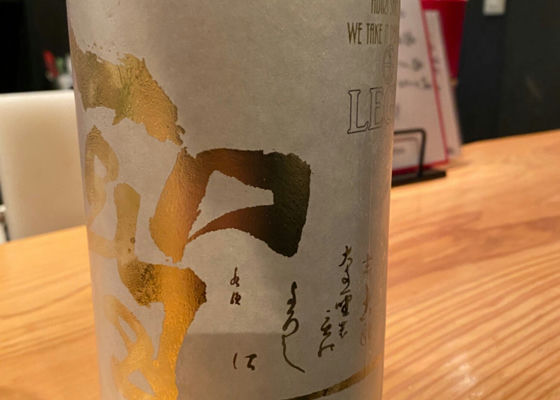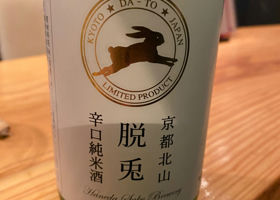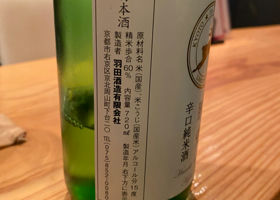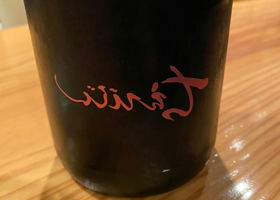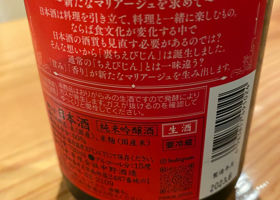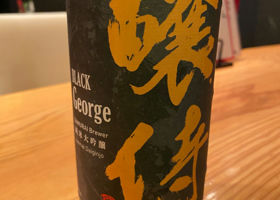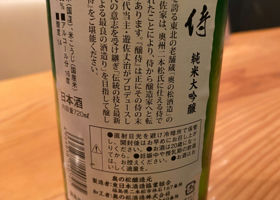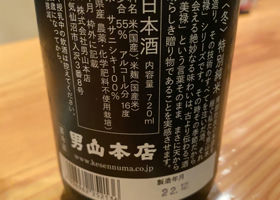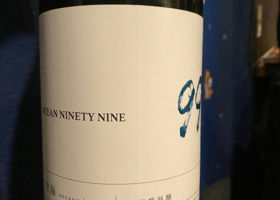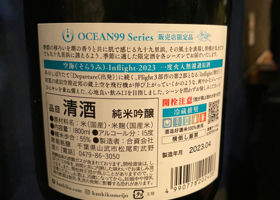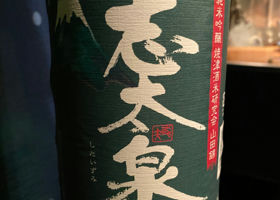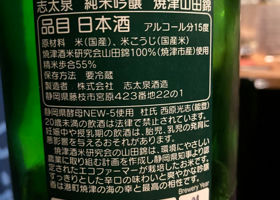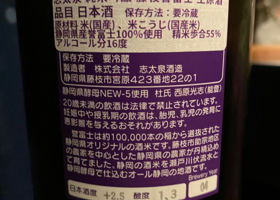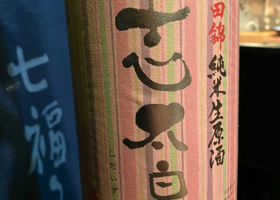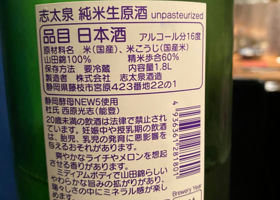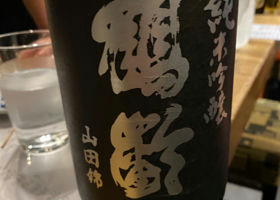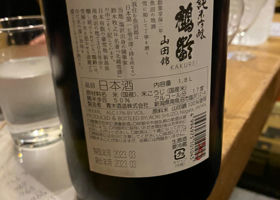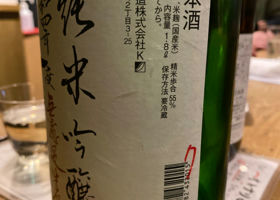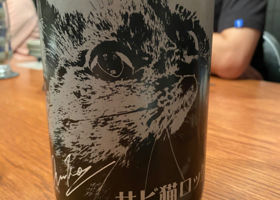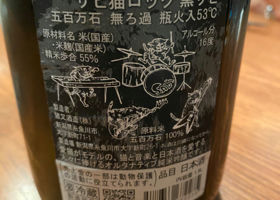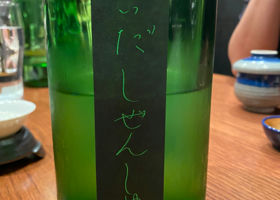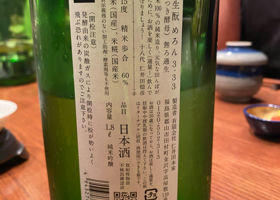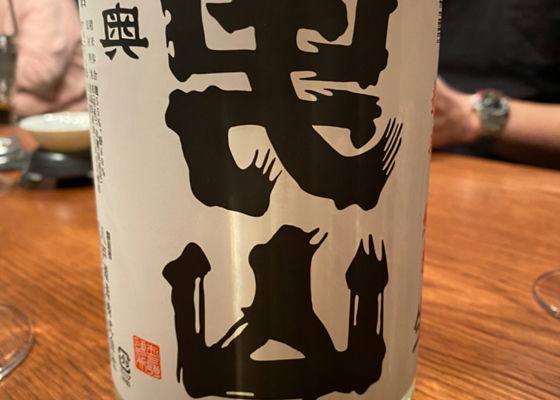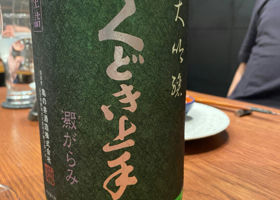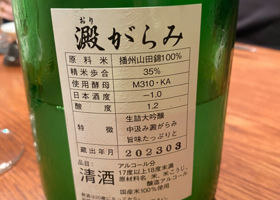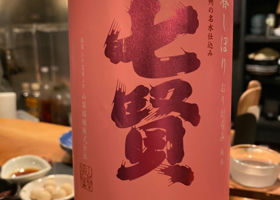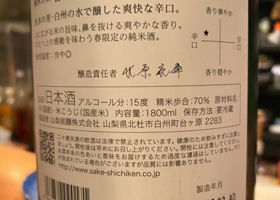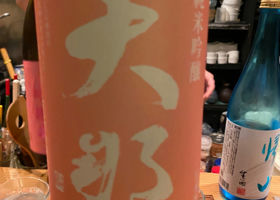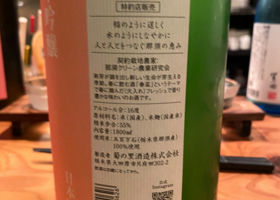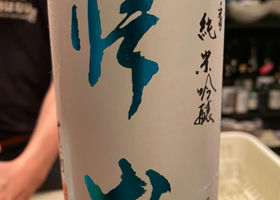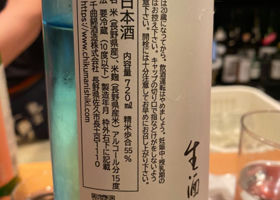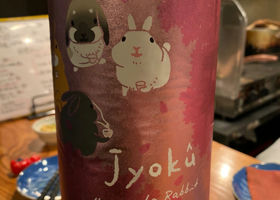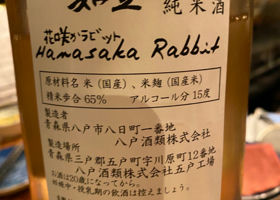Timeline
SAIt is crisp, clear and easy to drink. It also has the umami and flavor characteristic of Omachi rice. It is a perfect match for Japanese cuisine.
Alcohol content 15
Content 720ml
Rice: Omachi rice produced in Okayama Prefecture
Polishing ratio 50%.
Heating: Heated in a bottle
Sake Degree +1.5
Acidity 1.7
Yeast: SAWA1, No. 901 Hijiriひとめぼれ35&35 純米大吟醸 LEGIT純米大吟醸生酒中取り SAFresh and fruity! However, it is light on the palate and easy to drink.
Rice: Hitomebore produced in Gunma Prefecture
Polishing ratio: 35% for koji rice, 35% for kake rice
Alcohol content 15
Sake degree +1.0
Acidity 1.5
Yeast 1801 SAA very easy-drinking dry sake. Would go well with Japanese cuisine as an in-between-dinner drink.
Sake degree +1
Acidity 1.6
Rice: Kyo no Kiseki (produced in Kyoto)
Polishing ratio 60
Yeast used: Fukushima+K1001 SAThe back version of Chiebijin. Fruity and robust flavor. I think it would go well with Western food as a food sake.
Rice: Yamadanishiki produced in Oita Prefecture
Rice polishing ratio 60
Alcohol 15%.
Sake degree: Undisclosed
Acidity Not disclosed SAFruity and mellow taste.
Rice: Yamadanishiki
Polishing ratio 50%.
Sake degree -1
Alcohol content 16 SAFresh, light and dry.
Rice polishing ratio 55
Alcohol content: 16%.
Sake degree ±0
100% Sasanishiki rice grown without using agricultural chemicals and chemical fertilizers RecommendedContentsSectionView.title
